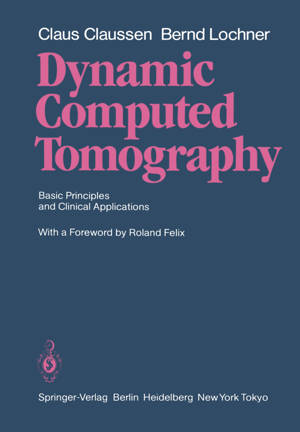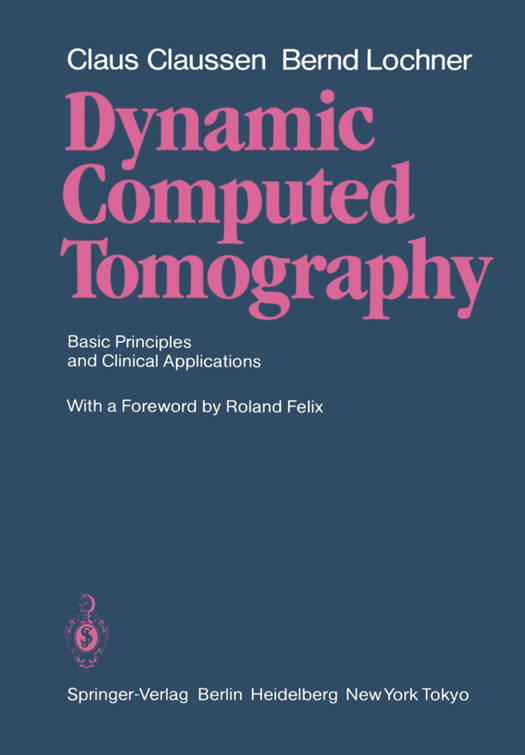
Je cadeautjes zeker op tijd in huis hebben voor de feestdagen? Kom langs in onze winkels en vind het perfecte geschenk!
- Afhalen na 1 uur in een winkel met voorraad
- Gratis thuislevering in België vanaf € 30
- Ruim aanbod met 7 miljoen producten
Je cadeautjes zeker op tijd in huis hebben voor de feestdagen? Kom langs in onze winkels en vind het perfecte geschenk!
- Afhalen na 1 uur in een winkel met voorraad
- Gratis thuislevering in België vanaf € 30
- Ruim aanbod met 7 miljoen producten
Zoeken
Dynamic Computed Tomography
Basic Principles and Clinical Applications
Claus Claussen, Bernd Lochner
Paperback | Engels
€ 127,38
+ 254 punten
Omschrijving
The authors present their experience in more than seven years of dynamic computed tomography in clinical practice. Time density curves and characteristic examples in specific regions of interest enrich the presentation. Dynamic computed tomography makes an important contribu- tion to the diagnosis and evaluation of a pathologic process: the demonstration of the dynamics of blood flow within the lesion and surrounding normal tissue. Since both the lesion itself and adjacent normal tissue demonstrate characteristic findings in each circulatory phase, the study provides a large amount of data on the flow of blood and contrast material which facilitate both recognition and diiferentation of a lesion. Late studies following administration of a contrast agent allow an estimate of the passage of the contrast medium to the inter- stitium, which is of diagnostic importance. Chapters dealing with specific clinical entities also contain useful information on the most appropriate means of contrast agent administration (bolus injection or infusion) as well as a discussion of indications for the procedure. Dynamic computed tomography represents a significant advance over conventional computed tomography in some situations, and this signifies a major contri- bution to the diagnostic capabilities of the clinical radiologist. The authors are to be commended for the fact that they have clearly defined the limits of dynamic computed tomography. I hope that the first English language edition, following the appea- rance of the German version in 1983, will be well received.
Specificaties
Betrokkenen
- Auteur(s):
- Vertaler(s):
- Uitgeverij:
Inhoud
- Aantal bladzijden:
- 151
- Taal:
- Engels
Eigenschappen
- Productcode (EAN):
- 9783642697357
- Verschijningsdatum:
- 31/12/2011
- Uitvoering:
- Paperback
- Formaat:
- Trade paperback (VS)
- Afmetingen:
- 170 mm x 244 mm
- Gewicht:
- 281 g

Alleen bij Standaard Boekhandel
+ 254 punten op je klantenkaart van Standaard Boekhandel
Beoordelingen
We publiceren alleen reviews die voldoen aan de voorwaarden voor reviews. Bekijk onze voorwaarden voor reviews.









